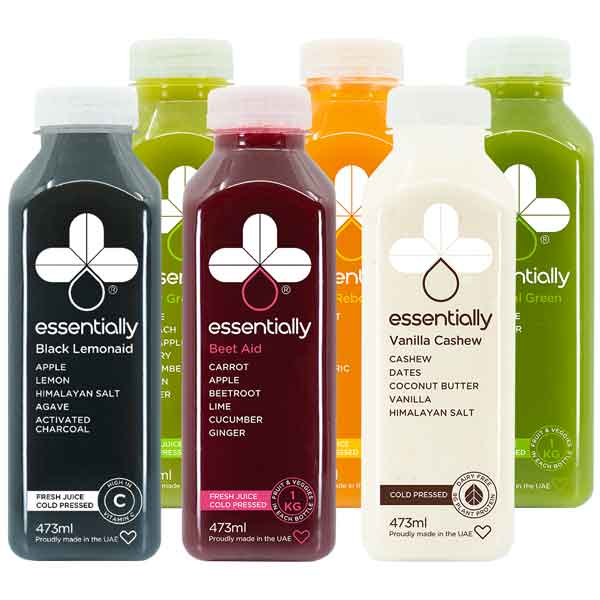
Pressed juice is often perceived as expensive compared to other types of juice due to several factors that contribute to its production costs. While the premium price tag may deter some consumers, understanding the reasons behind the higher cost can provide insight into the value and quality associated with pressed juice.
High-quality ingredients:
Pressed juice is made from fresh, high-quality fruits and vegetables, often sourced from organic farms. Organic produce tends to be more expensive due to the additional labor and resources required for sustainable farming practices, such as soil enrichment, crop rotation, and natural pest control. Additionally, selecting premium ingredients ensures the best flavor and nutritional content, but it also comes with a higher price tag.
Cold-pressed technology:
The primary method used to extract juice from fruits and vegetables in pressed juice production is cold-pressing, which involves using a hydraulic press to apply thousands of pounds of pressure to the produce. This gentle extraction process preserves the natural enzymes, vitamins, and minerals in the juice while minimizing heat and oxidation. However, the equipment and technology required for cold-pressing are expensive to purchase and maintain, contributing to the overall cost of pressed juice.
Labor intensive:
Producing pressed juice involves multiple steps, including sourcing, washing, chopping, pressing, and bottling the produce. Each batch of juice requires careful attention to detail and manual labor to ensure quality and consistency. Additionally, pressing juice in small batches allows for better quality control but requires more time and effort, increasing production costs.
Short shelf life:
Pressed juice has a shorter shelf life compared to pasteurized or shelf-stable juices, as it is raw and unpasteurized to preserve its nutrient content and flavor. As a result, pressed juice must be consumed within a few days of production to maintain freshness and prevent spoilage. This limited shelf life reduces the large-scale production and distribution, driving up the cost of pressed juice due to smaller batch sizes and faster turnover.
Packaging and distribution:
Packaging and distributing pressed juice also contribute to its overall cost. Bottles or containers must be made from high-quality materials that preserve the freshness and integrity of the juice while being environmentally sustainable. Additionally, transportation and distribution logistics, including refrigeration and cold chain management, add to the expenses associated with bringing pressed juice to market.